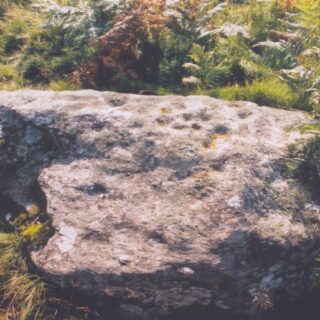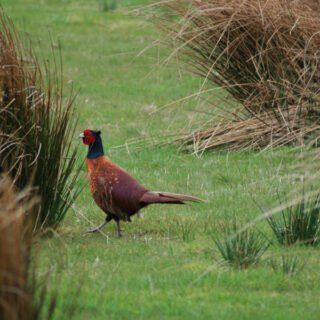Continuing in our roles as tour guides to our Russian visitors, today we drove along the East Lothian coastal road to Dirleton Castle.
Set in the picturesque village of Dirleton, the castle is largely hidden from view, with a 19th century boundary wall giving little clue as to what lies within, save for a small castellated round tower at the corner.
Entering through a doorway in the wall you are met not by the castle itself but by a magnificent garden, notable for having the longest herbaceous border in the World (a fact confirmed by Guinness World Records no less).
Unlike previous visits the sun was shining and the sky was blue (if a little hazy in places) – perfect garden photography weather!

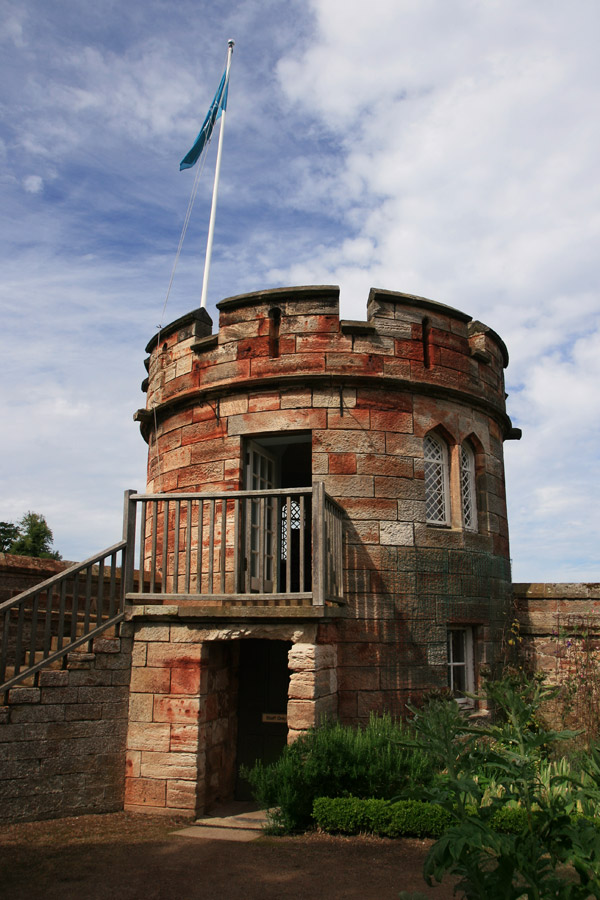

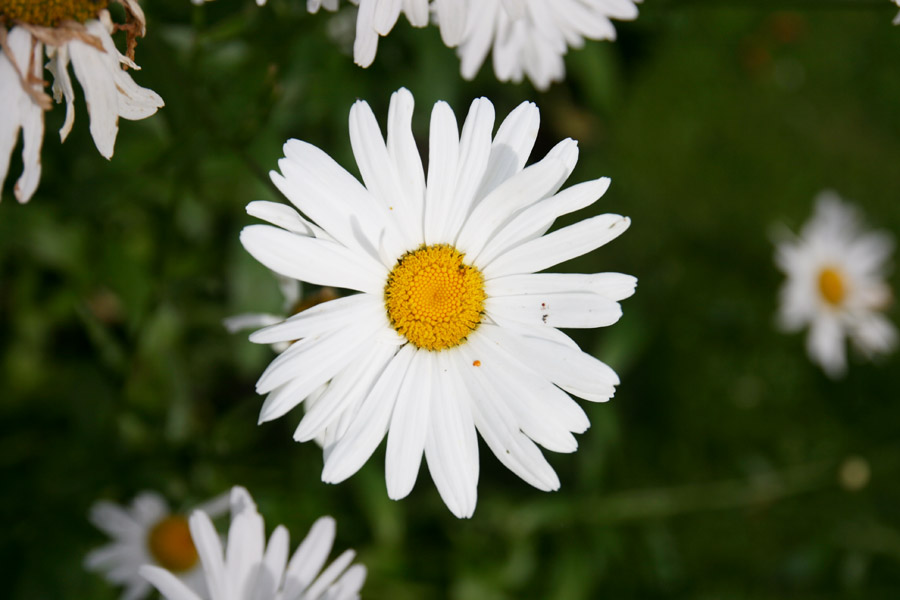


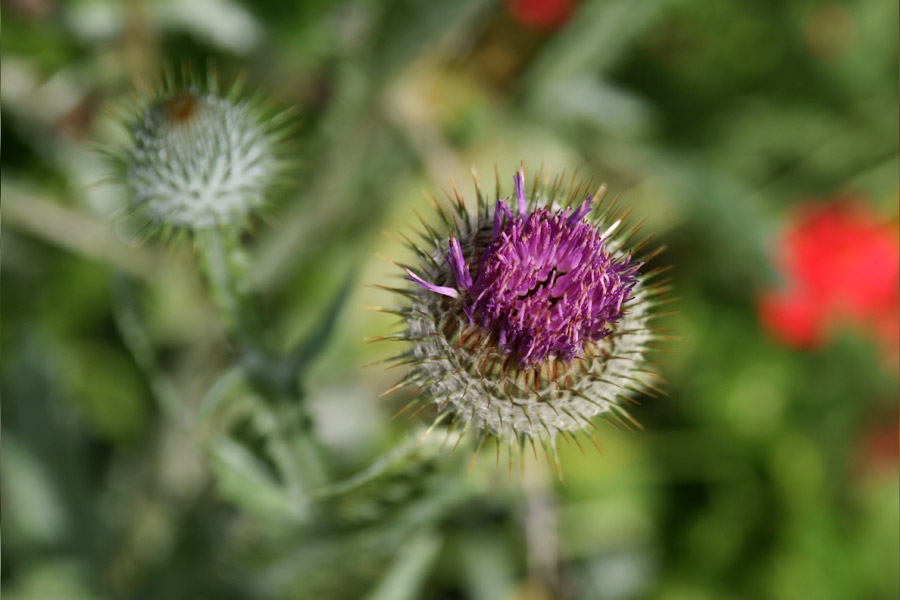



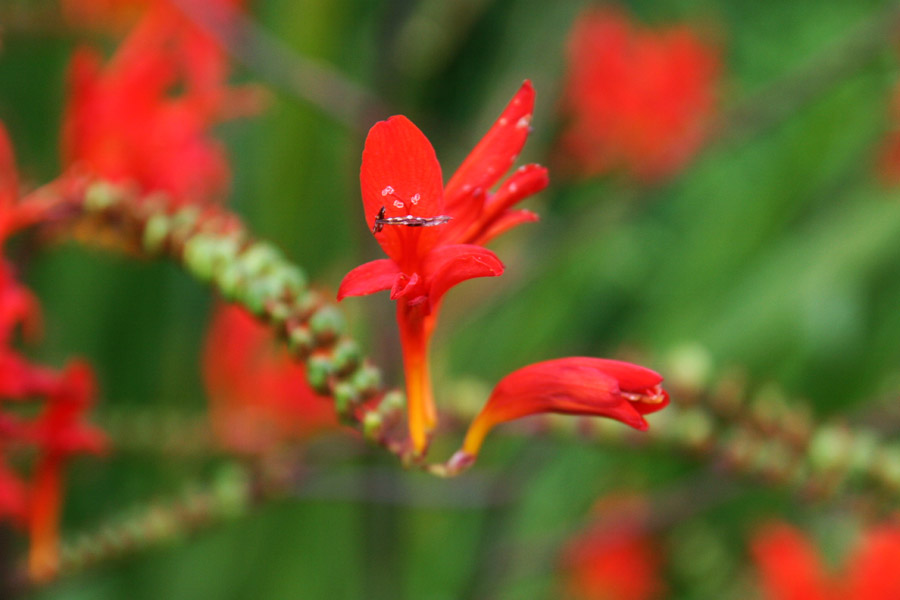

As pretty as the gardens are, it was the castle we were really here for. The castle is now approached from the rear, climbing stone-cut steps up onto the rock on which the castle sits.
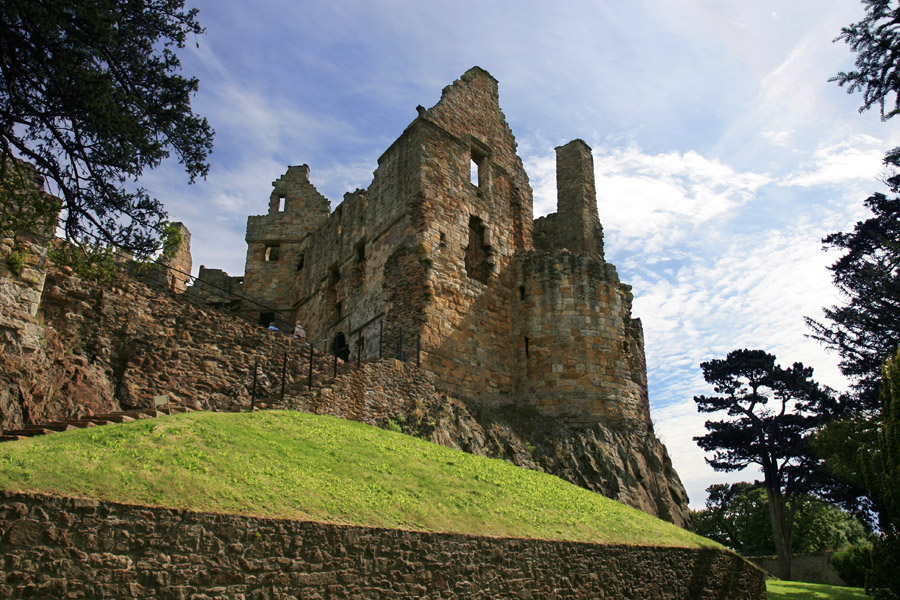
We went straight into the main tower, a massive round structure with hugely thick walls. It was built in the 13th century by the de Vaux family, and contains their principal apartments, including a hexagonal room with large window seats.

Climbing to the top of this tower, topped off with a fluttering Saltire, you exit onto a parapet walkway, which gives great up-close views of the castle‘s tall gatehouse.


We made our way back down the tower’s steps, and passed through the gateway and onto the bridge that crosses the moat. This is where one gets a view of the front of the castle for the first time.

To the east of the gateway one can see the foundations of another large round tower, but this one has had a later 15th century square tower built on top of it by the Haliburton family, part of a massive wing which stretches northwards.

The gateway is very impressive, a pair of tall flanking towers joined by a high arch, behind which is a niche for a carved armorial panel which would have carried the Haliburton arms.

Within the angle formed between the old de Vaux parts of the castle to the south and the new Haliburton wing to the east, are the remains of ancillary buildings added in the 16th century by the Ruthven family.

Up on the top floor of the Haliburton wing is the Great Hall, a massive space fit for entertaining, and with an ornately-carved buffet at one end. To the right of the main hall in the photo below is the Ruthven Lodging, a three storey block of more luxurious accommodation.

After descending from the main hall, we walked back down the bridge and around the moat to the north.

At the north-east corner of the castle the very square end of the Haliburton’s wing stands in stark contrast to the round de Vaux towers to the south.
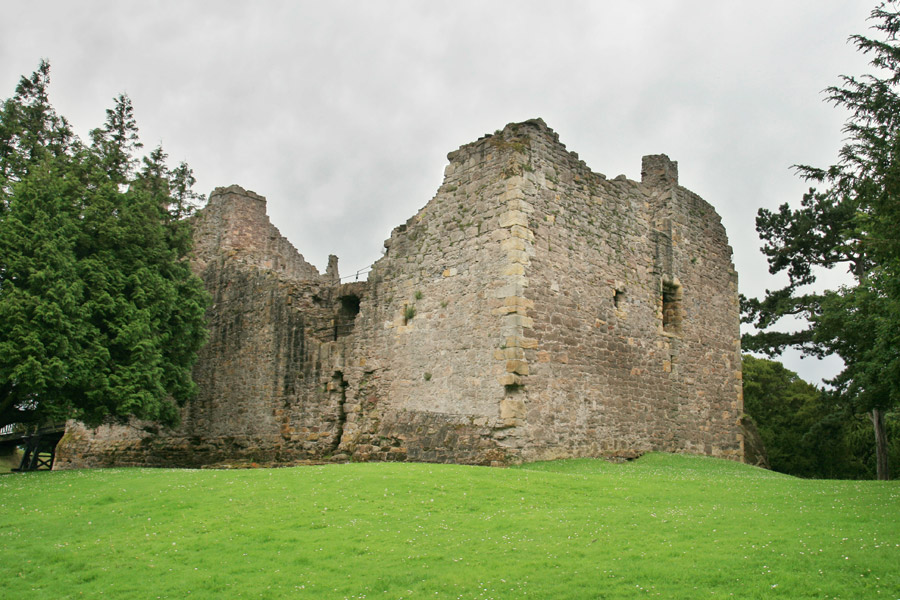
We walked right around the north end of the castle and back along it’s west side, passing the steps where we first entered.

In the gardens to the west of the castle, beyond the bowling green, Andrew Spratt, the custodian of Dirleton Castle, was giving a demonstration of medieval weaponry.

After watching his enthusiastic display, we had a quick look around the ornamental gardens just inside the western boundary wall.


Then it was time to head back to Edinburgh and return the hire car.

